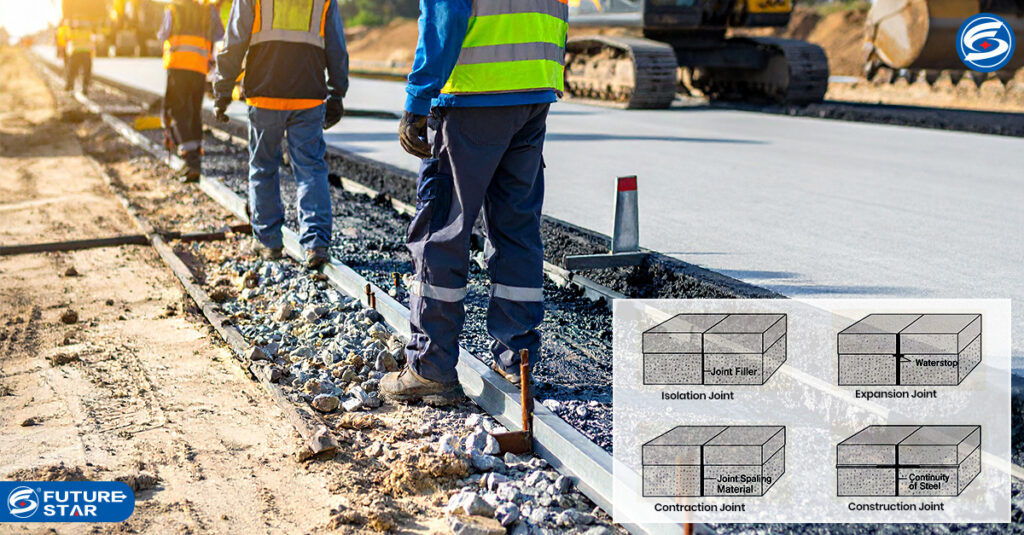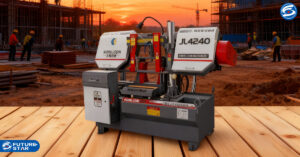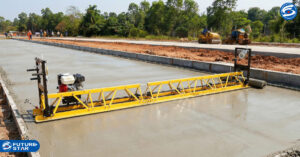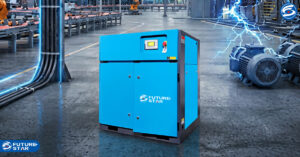Construction project work is an activity that will certainly involve almost several sectors. For example in the project hardening (asphalt compactor) concrete on the road is deliberately created as a border with other structures. This paving work will require a connection frame.
In field practice, the concrete hardening process needs to be jointed for several reasons, including construction considerations, minimizing the risk of unplanned shrinkage cracking, and to avoid conflicts with other structures and/or the concrete mixer. penetration.
However, it would be nice if the number of joints could be minimized. Because this can affect several things in the hardening process which also tends to be vulnerable to areas that are most susceptible to wear and require repair.
The type of joint to match the joint layout, the sealant required, and the amount of reinforcement when used in interlocking panels. Such a process of increasing the amount of reinforcement will allow for wider joint spacing.
There are 4 types of joints used in the hardening process in construction work, including the following:
- a. Isolation joints, which are joints that can cause horizontal movement and vertical movement, as well as rotation between adjacent elements. This type of connection allows the elements to behave independently of each other.
- b. Expansion joints, which are joints used in sidewalks. These joints are equipped with materials that provide heat and moisture movement to the base. However, these joints may also be required in areas that have high temperature fluctuations.
- c. Contraction joints, which are joints to control random drying shrinkage cracking in concrete. It works by pushing the base to crack only at the joint location. These joints will move in the horizontal direction of the base at right angles to the sides and work to eliminate the stresses causing random cracking.
- d. Construction joints, which can be constructed to form grooves using T-sections. Use of other equipment to insert preformed crack inducers into the surface while the concrete is still in a plastic state.








